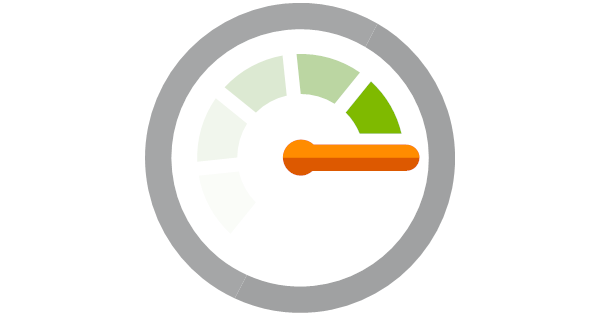Azure monitoring is a comprehensive method of visualizing and tracking your system’s applications and services; it combines data from cloud platforms and on-site environments to give you the most detailed and thorough understanding of your system’s performance. Beyond simply observing processes and statistics, you can utilize Azure monitoring to project changes, implement preventative solutions and make seamless improvements. This unified system takes time to master, but it’s worth the effort it takes to learn its features and value. These best practices for Azure monitoring tools will help you to use the program to maximize its benefits for your company.

Use Diagnostics
Azure monitoring diagnostics can help you track system stability over time. The effect of different variables on output and processing can help you identify what changes need to be made more easily, and daily status reports make it easier to pinpoint trends that may negatively impact your applications in the future. Keep tabs on your system’s health daily, and be sure to follow up any noteworthy reports with more in-depth data analysis. SolarWinds Orion Platform is one of the best Azure Monitoring tools that lets you scale up to 400,000 elements and integrate your Azure monitoring with a variety of other SolarWinds applications, including the SolarWinds Server & Application Monitor, Database Performance Analyzer and Network Performance Monitor.
Use Availability Monitoring
Health monitoring addresses the current stability of the system and all its elements, but availability monitoring takes things a step further by determining how much of the system is being used at any given time. This practice helps you identify components that are being strained or underutilized while quickly implementing new strategies to optimize uptake and output. The best Azure monitoring tools help you track availability its contributive factors, such as storage, unique functions and end-user behaviors. Your availability monitoring should include both immediate visualizations of usage and memory consumption as well as failure rates, historical data and reasons for unavailability. The objective of Azure monitoring at large is to remove much of the guesswork that comes from data analysis.
Traffic Monitoring
If you’re concerned with network traffic and bandwidth, you’ll want to get an in-depth look using traffic monitoring metrics. The SolarWinds NetFlow Traffic Analyzer is one of the best monitoring tools for Azure that helps you identify patterns, visualize data and optimize your networks for faster, more reliable performance. Collecting traffic data is one of the best practices for monitoring Azure because it allows you to identify changes in growth and consumption while also quickly alerting you to any unusual spikes, downtimes or intrusions that could jeopardize your system.
Security Monitoring
Security is integral to a system’s welfare, and practices that give you a panoramic view of your current security setup will make it easier to detect and respond to threats. Some of the best practices for monitoring Azure security include:
- Identifying unauthorized access attempts.
- Tracking authenticated accounts repeatedly attempting to access unauthorized resources.
- Multiple failed sign-in attempts from the same location or in a short period.
- Deviations from typical user behavior.
- Differentiating between internal and external sources; i.e. authorized or unauthorized users attempting to alter or disable the system.
Setting alerts, using definable metrics and enabling monitoring for your entire Azure infrastructure can keep your system more stable and secure.
Leave a Reply